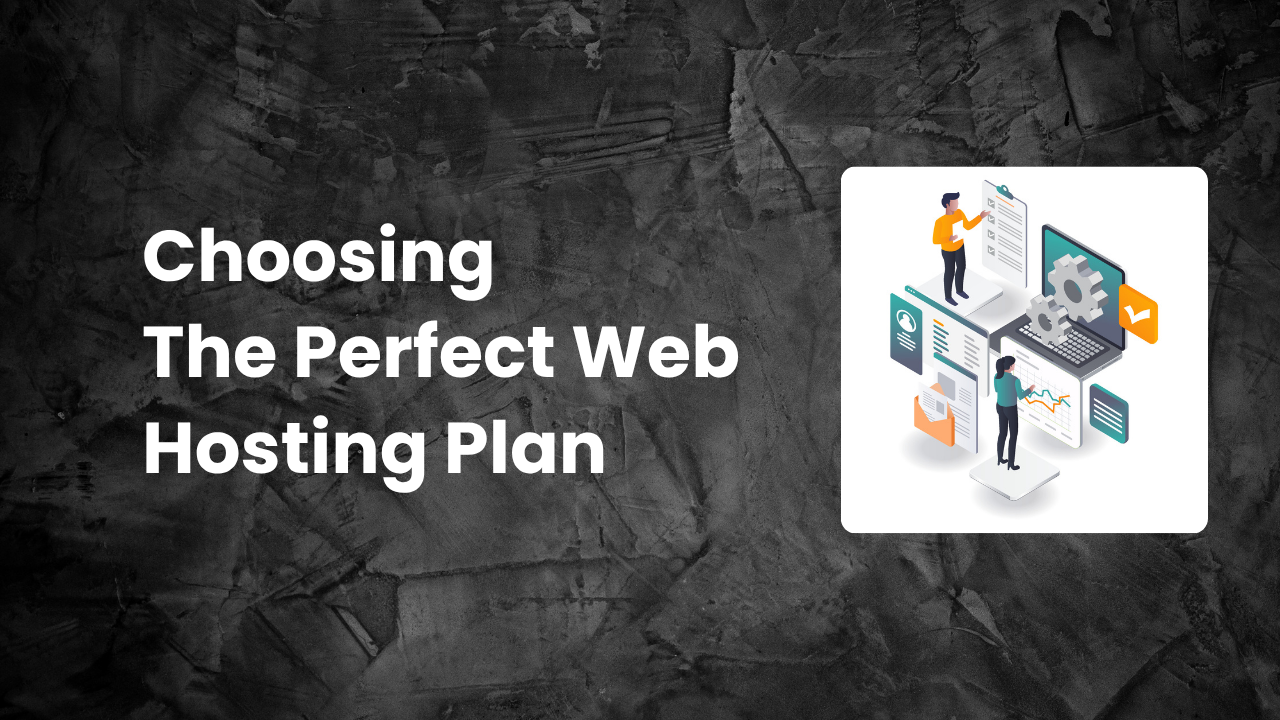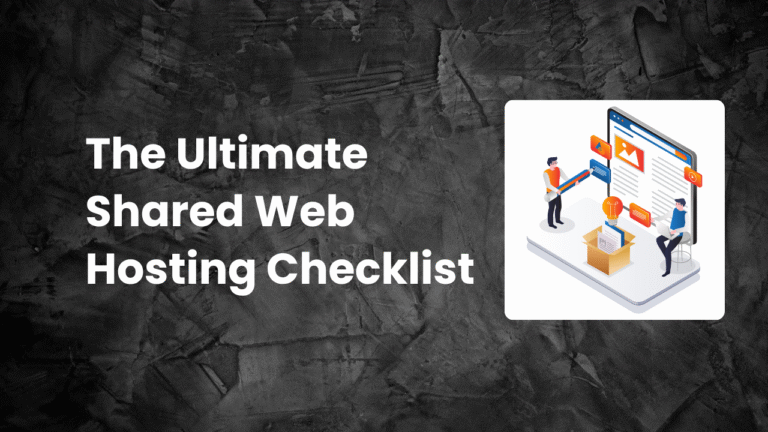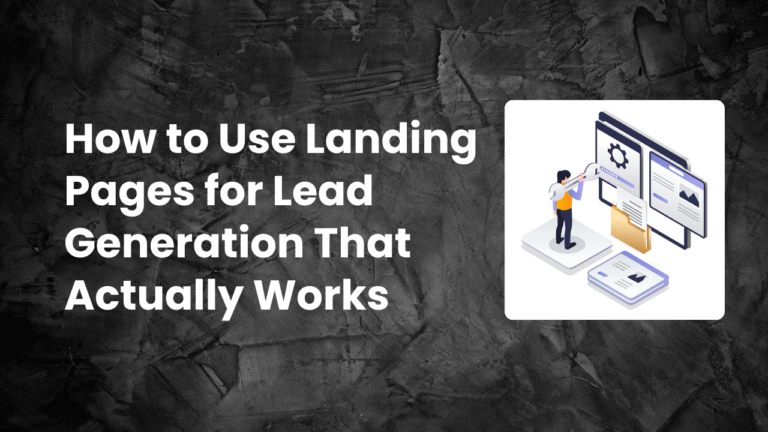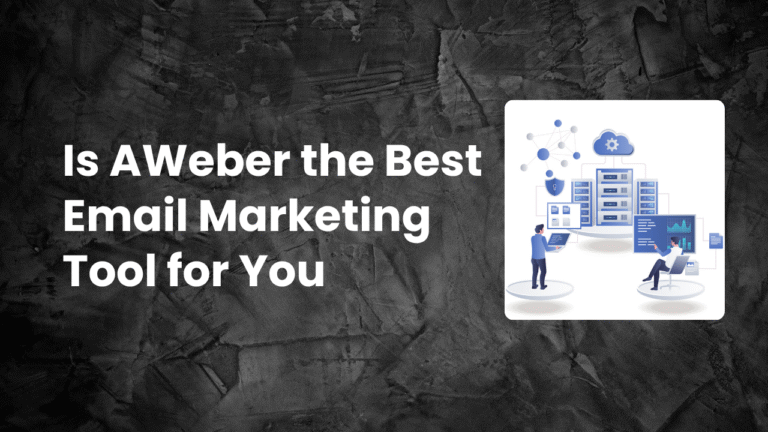Choosing the perfect web hosting plan might seem like a small decision at first glance. After all, it’s just where your website lives, right? But in reality, the hosting provider and plan you choose can make or break your online presence. Your website’s loading speed, uptime, security, and scalability all depend on it.
In today’s digital age, having a reliable website is critical. More than 60% of all website traffic comes from mobile devices, and users expect fast, secure, and always-available experiences. According to Google, a delay of just one second in mobile load time can reduce conversion rates by up to 20% (Google Research). That’s not just a technical concern—it’s a business one.
As of 2024, there are over 1.13 billion websites on the internet, with more being launched every second (Internet Live Stats). The demand for web hosting has grown rapidly, making the global hosting market worth more than $90 billion annually, projected to reach $170 billion by 2027 (Statista).
So, if you’re launching a personal blog, an ecommerce site, a portfolio, or a company website, choosing the perfect web hosting plan is one of the most important decisions you’ll make early on. This guide will walk you through everything you need to know to choose wisely and avoid common pitfalls.
Why Your Web Hosting Plan Matters More Than You Think
Your web hosting plan is the foundation of your entire online presence. It’s the digital real estate where your website’s files, databases, and media live. Without it, your domain would be just a name floating in cyberspace with no place to land.
If you choose the wrong plan, your site could suffer from slow speeds, unexpected downtime, or even security breaches. On the flip side, the right plan can boost your website’s SEO rankings, improve user experience, and provide room to grow without disruption.
Many beginners make the mistake of choosing the cheapest option available, thinking all hosting is basically the same. But web hosting isn’t a commodity—it’s a service. And like most services, the quality can vary dramatically depending on the provider and plan.
Understanding Your Website’s Needs Before You Choose
The first step in choosing the perfect web hosting plan is knowing what your website will require to operate smoothly. Are you building a simple blog with a few visitors a day? Or are you planning to launch an ecommerce store with hundreds of product pages and payment processing?
The type of content you’ll host, the amount of traffic you expect, the level of control you want, and your technical expertise all play major roles in choosing the right plan.
If your site is media-heavy—like photography portfolios or online courses—you’ll need more bandwidth and storage than a minimalist blog. If you plan to scale quickly or have unpredictable traffic spikes, cloud or VPS hosting may be more appropriate than shared hosting.
Being honest and realistic about your site’s requirements now will save you headaches and extra costs later. It’s much easier to start with the right foundation than to migrate your entire site when it outgrows your hosting plan.
Shared, VPS, Dedicated, and Cloud: What They Really Mean
Understanding the types of hosting available helps you compare plans intelligently. Here’s how they differ—without diving into technical jargon.
Shared hosting is like renting an apartment in a building. You share space and resources with other websites. It’s cost-effective and beginner-friendly, but you may experience slower performance if your neighbors hog resources.
VPS (Virtual Private Server) hosting is like owning a condo. You still share a building, but you have guaranteed resources and more privacy. It’s ideal for growing websites that need more control and better performance.
Dedicated hosting is like having your own house. You get an entire server to yourself. This gives you maximum power and customization but also comes with a higher cost and more responsibility.
Cloud hosting uses multiple servers to keep your site online. It’s scalable, reliable, and perfect for businesses that expect rapid growth or fluctuating traffic.
Understanding these differences makes it easier to match a hosting type with your site’s goals and resource needs.
Pay Attention to Uptime Guarantees
One of the most important features to check is your host’s uptime guarantee. Uptime refers to the percentage of time your site is available online. Most reputable providers promise at least 99.9% uptime, which translates to about 8.76 hours of downtime per year.
That may not seem like much, but if you’re running an online store or a service-based business, even an hour of downtime can result in lost revenue and customer trust.
Some cheaper hosts may not offer strong uptime guarantees or may experience frequent outages due to poor infrastructure. Always look for transparent uptime reporting and service level agreements (SLAs) when comparing plans.
Consider Website Speed and Server Performance
Speed isn’t just about convenience—it’s a ranking factor for search engines. Google has been prioritizing page speed for years, and users expect sites to load in under two seconds. A slow-loading website leads to higher bounce rates and fewer conversions.
Your hosting provider plays a significant role in how fast your site loads. Look for plans that include SSD storage instead of traditional hard drives, CDN integration (Content Delivery Network), and server-side caching. These features help deliver your content quickly, even to visitors located far from your server’s physical location.
If your site feels sluggish, even with good content and design, your host might be the bottleneck. Don’t be afraid to run performance tests or switch providers if needed.
Security Isn’t Optional—It’s Essential
Cybersecurity threats are more common than ever. Every website, regardless of size, is a potential target. From phishing to malware injections and brute force attacks, the risks are real.
That’s why security features should be a top priority when choosing the perfect web hosting plan. At a minimum, your host should include free SSL certificates, firewalls, DDoS protection, and automatic backups. Ideally, they should also offer malware scanning and removal.
Some plans charge extra for these features, but many top providers bundle them into the package. Think of it as insurance—it might not seem urgent now, but you’ll be glad to have it when something goes wrong.
Don’t Overlook Customer Support
Even the best hosting plans run into issues. Whether it’s a configuration error, a domain not pointing correctly, or an SSL problem, having fast and effective customer support can save your day.
Check if your host offers 24/7 live chat or phone support. Email-only support may be too slow in emergencies. Test their response time before committing—many hosts offer live chat on their website even before you become a customer.
Read reviews, join user forums, or ask others about their experiences with a particular host’s support team. Great support can turn a technical headache into a quick fix.
Check Renewal Rates and Fine Print
Many web hosts advertise low introductory rates that skyrocket upon renewal. It’s common to see a shared hosting plan advertised at $2.95/month, only to renew at $9.95/month after the first year.
While this isn’t necessarily deceptive, it’s easy to overlook. Always read the fine print before signing up, especially for multi-year plans. If you’re on a tight budget, calculate the total cost over 2–3 years instead of focusing only on the first billing cycle.
Some hosts offer consistent pricing with fewer surprises, while others depend heavily on upsells and renewal markups. Know what you’re getting into.
Consider the Control Panel and User Experience
A good web hosting plan should come with a user-friendly dashboard that helps you manage your site with ease. Whether it’s cPanel, Plesk, or a custom interface, make sure it’s intuitive and doesn’t require you to be a developer to use it.
You’ll use this dashboard to manage email accounts, install WordPress, upload files, access databases, and handle backups. If the control panel feels cluttered or confusing, it may slow you down or lead to mistakes.
If you’re a complete beginner, opt for a provider known for simplicity and visual guidance, such as Hostinger, SiteGround, or Bluehost.
Scalability for Future Growth
Your website might start small, but if things go well, it will grow. Maybe you’ll add more pages, launch an online store, increase traffic, or expand into different regions.
The perfect web hosting plan should be able to scale with you. This means your provider should offer seamless plan upgrades without downtime or complicated migrations.
If you start on a shared plan, can you easily move to VPS or cloud hosting later? Are resources flexible enough to handle traffic surges from a marketing campaign or viral post?
Avoid hosts that make upgrading difficult or expensive. Flexibility now will save you frustration later.
Review Real-World User Feedback
Web hosting providers often highlight only their best features on their websites. But what really matters is how their service performs in the real world.
Take time to browse independent review sites like Trustpilot, G2, or Reddit. Look for common complaints and repeated praise. No provider is perfect, but patterns tell you a lot.
Are users satisfied with speed and uptime? Is support responsive? Do people feel misled by pricing or contract terms? This type of research will help you make an informed decision based on real experiences, not marketing claims.
Conclusion: Make Your Hosting Plan Work for You
Choosing the perfect web hosting plan isn’t just a technical task—it’s a strategic decision that impacts everything from SEO to sales. You don’t need to be a developer to make a smart choice. You just need the right guidance.
Start by understanding your goals, traffic expectations, and technical comfort level. Learn the different types of hosting, prioritize uptime and speed, demand strong security, and make sure customer support has your back.
Also, read the fine print, plan for growth, and compare user experiences to avoid common traps.
With this knowledge, you’re no longer just shopping for hosting—you’re building the foundation of your online success.
FAQs
What is the difference between shared hosting and VPS hosting?
Shared hosting involves multiple websites sharing a single server, which is cost-effective but may lead to performance issues during traffic spikes. VPS hosting, on the other hand, allocates dedicated resources on a virtual server, providing better performance and control without the high costs of dedicated hosting.
Do I need an SSL certificate for my website?
Yes, an SSL certificate is crucial for securing data transferred between your website and its visitors. It builds trust and is necessary for any site that handles sensitive information, such as personal details or financial transactions.
How can I determine my expected traffic?
You can gauge your expected traffic by analyzing similar websites in your niche and using tools like Google Analytics. If you’re starting from scratch, consider your promotion strategies and potential audience reach to make educated estimates.
Are there any hidden fees associated with web hosting plans?
Some hosting providers may have hidden fees related to domain registration, renewal, premium support, or additional features. Always read the terms of service and pricing details to avoid unexpected costs.
What should I do if I need more resources in the future?
If you find yourself needing more resources, many hosting providers offer scalable options that allow you to upgrade your plan easily. Look for providers with flexible plans that cater to growth without significant downtime or data loss.





